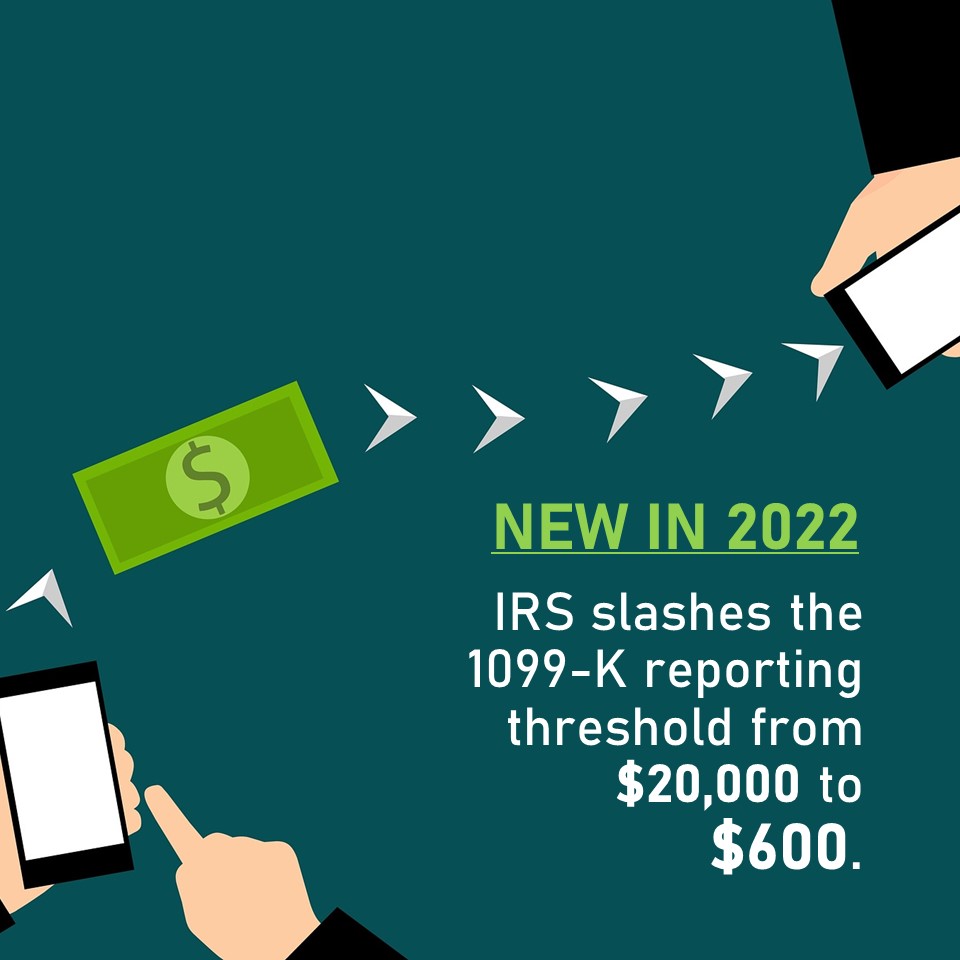Introduction
If you purchased an investment property a few years ago, you were probably thrilled to see the skyrocketing prices in the Phoenix valley and across the country recently. For those that sold properties at top dollar, however, their excitement about their profits might have been dampened by the blow of a big tax bill.
Sec. 1031 Exchanges are a technique for deferring paying taxes on investment gains. To qualify, the investor must reinvest the proceeds into a similar (like kind) property as part of a qualifying like-kind exchange.
In its simplest form, an exchange involves two persons trading one property for another. In practice, however, finding one person that wants the exact property that someone else would like to trade can be nearly impossible. Most 1031 Exchanges, therefore, go through a third-party broker. These brokers navigate investors through the difficult regulatory requirements governing like-kind exchanges. If investors do not follow these regulations completely, they may be held liable for taxes, penalties, and interest on their transactions.
Before we share more details on the ins and outs of 1031 Exchanges, we’ll address the most important DON’Ts:
- Taxpayers do NOT qualify for a deferral simply by selling and buying a similar investment.
- Taxpayers may NOT receive the proceeds of the sale. The funds must be held in escrow by a third party intermediary until they are used directly to purchase the new property.
- Investors are NOT limited to individuals. Any taxpaying entity can participate in a 1031 Exchange including partnerships, S-corps, C-corps, LLCs, and trusts.
Defining “Like-Kind”
To qualify for a 1031 Exchange, the property given up and received must be “like-kind.” But what exactly counts as like-kind has a fairly broad definition. First, the property must be used for trade or business. Personal property such as a primary residence or a vacation home do not qualify. Generally, the properties involved are both real estate, but they don’t have to be properties that lay people would consider similar. For example, a lot with a rental house could be exchanged for vacant land. One exception is that property within the United States is not considered like-kind to property outside of the United States.
Before the passage of the Tax Cuts and Jobs Act (TCJA) in 2017, some exchanges included other property such as franchise licenses, aircraft, and equipment. However, under current tax law, ONLY real property as defined in Section 1031 qualifies.
The law also specifically excludes the following from being eligible for 1031 Exchanges:
- Inventory or stock in trade
- Stocks, bonds, or notes
- Other securities or debt
- Partnership interests
- Certificates of trust
Time Constraints
Aside from the requirements of like-kind properties, the other major constraint on using a 1031 Exchange is timeliness. From the date you sell the relinquished property, you have 45 days to identify potential replacement properties to purchase. Importantly, the identification must be in writing, signed by you, and delivered to a person involved in the exchange. Qualified persons can include the seller of the replacement property or the qualified intermediary. On the other hand, notice to your attorney, real estate agent, or accountant is NOT sufficient. The IRS allows investors to designate up to three replacement properties as potential investments at the 45-day mark.
The investor must complete the purchase of the replacement property either by 180 days after the sale of the exchanged property or the due date of the income tax return for the tax year in which the relinquished property was sold, whichever is earlier. The due date for the tax return includes extensions. The replacement property received must be substantially the same as property identified within the 45-day limit described above.
Investment Strategies
While there are strict rules governing 1031 Exchanges, there is no limit on how frequently investors can utilize them. Savvy investors can integrate like-kind exchanges into their strategy for significant savings from tax deferment.
Deferring Depreciation Recapture
When an investment property that has been previously depreciated, like a rental property, is sold, the depreciation is recaptured which increases the taxable gain on the sale. Generally, a 1031 Exchange delays depreciation recapture by rolling over the cost basis from the relinquished property to the new one that replaces it. Essentially, the depreciation calculation continues as if you still owned the old property.
Importantly, the investor (or their accountant!) must carefully track their basis in the new property. Furthermore, it is important to remember that even though the gain is deferred, it is not forgiven. Tax will be paid on the gain when it is recognized upon the sale of the new property.
Reverse Exchange
In most 1031 Exchanges, one property is sold prior to the new property being purchased. However, investors also have the option to acquire the new property before the old property is sold. This is called a “reverse exchange.” This technique allows the investor to hold the old property longer when they predict that the market value will increase.
Estate Planning
The major downside of 1031 Exchanges is that when the tax deferral ends, the investor will likely owe a significant amount of taxes on the gain. However, careful estate planning can avoid this situation. If the investor continues to hold a property purchased through a 1031 Exchange until they pass away, their heirs will inherit the property not at the cost basis of the original property but at the stepped-up market rate of the new property. The heirs can sell the inherited property without paying taxes on the previously deferred gain. It is important to note that this estate planning is based on current tax rules governing step-up in cost basis and like all tax laws, could change in the future.
Converting Vacation Homes
As we discussed earlier, 1031 Exchanges apply to property used for business, not personal property. However, one possible strategy for using a like-kind exchange to defer gains on a vacation home is to convert the vacation home to a rental property before selling it. To establish the home as a rental property, most resources recommend renting it out for between six months to a year. Furthermore, the property is expected to generate rental income, and the venture should be conducted in a businesslike way. Business practices include maintaining accounting records, advertising the property on common rental platforms, and renting it to unrelated parties.
Conclusion
Investment strategies using 1031 Exchanges offer huge potential for savings through tax deferment. To utilize them effectively, investors should hire a third-party broker, meet the requirements for like-kind properties and timeliness, carefully track their tax basis and have a tax professional well versed in 1031 Exchanges. If a 1031 Exchange is something that you may want to pursue, please contact our office today at 480-392-6801.












